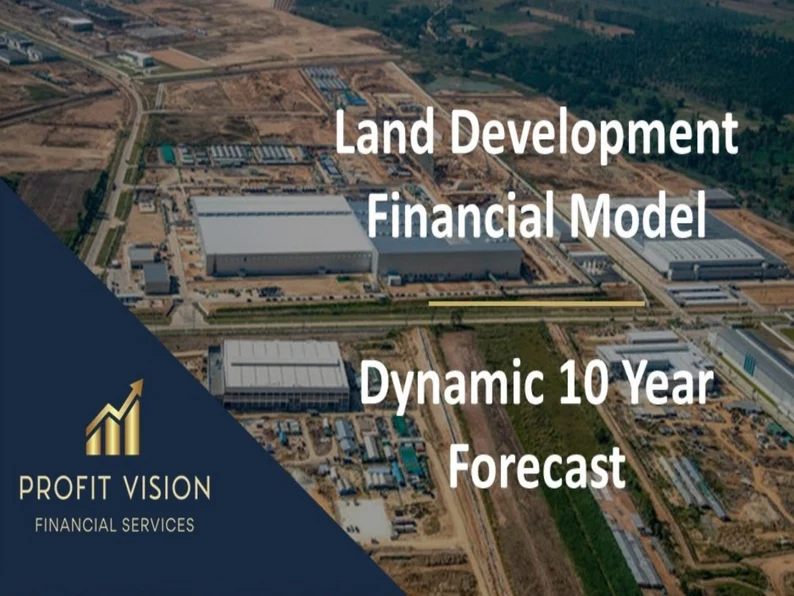Transforming Land into Communities: The Art of Land Development
Introduction
Land development is a multifaceted process that involves turning raw land into vibrant, functional communities. It’s the intricate dance of design, infrastructure, and sustainability that shapes the places we call home. In this blog post, we explore the world of land development, its significance, key stages, and the impact it has on the way we live, work, and connect with our surroundings.

1. The Essence of Land Development
Land development is the process of preparing land for various uses, including residential, commercial, and industrial. It encompasses planning, design, infrastructure development, and regulatory compliance.
2. Key Stages of Land Development
- Feasibility Study: Evaluating the land’s suitability for development, considering factors like zoning, environmental impact, and market demand.
- Design and Planning: Creating a detailed site plan, including layout, infrastructure, and environmental considerations.
- Infrastructure Development: Building roads, utilities, and amenities necessary for the development.
- Regulatory Approvals: Obtaining permits and approvals from local authorities and ensuring compliance with zoning and environmental regulations.
- Construction: Building structures, landscaping, and other elements of the development.
- Sales and Marketing: Promoting the development and selling or leasing properties.
- Maintenance and Management: Managing and maintaining the development’s infrastructure and common areas.
3. Sustainable Land Development
Sustainability is a central focus in modern land development. Developers prioritize green building practices, energy efficiency, water conservation, and eco-friendly landscaping.
4. Technology and Land Development
Advancements in technology, such as Geographic Information Systems (GIS) and Building Information Modeling (BIM), enhance the planning and design phases of land development.
5. Challenges in Land Development
Challenges include navigating complex regulations, addressing environmental concerns, managing costs, and meeting the demands of a changing market.
6. Iconic Land Development Projects
- Levittown, USA: One of the earliest and most iconic planned suburban communities.
- Battery Park City, New York: A model for sustainable urban development along the Hudson River.
- Songdo International Business District, South Korea: A smart city known for its futuristic design and technology integration.
7. The Future of Land Development
The future of land development holds promise in the form of smart cities, mixed-use developments, and sustainable, walkable neighborhoods that prioritize connectivity and quality of life.
Conclusion: Building Communities, One Plot at a Time
Land development is about more than just constructing buildings; it’s about creating communities where people can live, work, and thrive. It’s the careful orchestration of infrastructure, design, and sustainability that transforms barren land into vibrant neighborhoods. As we look to the future, land development will continue to shape the way we experience our surroundings, fostering communities that are not only functional but also sustainable, inclusive, and vibrant.
